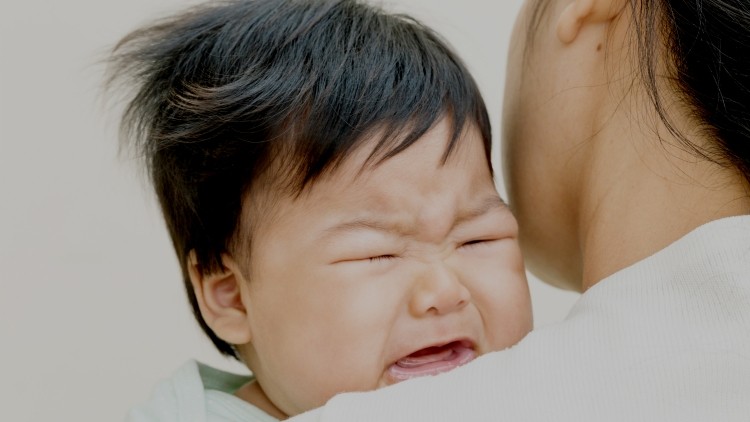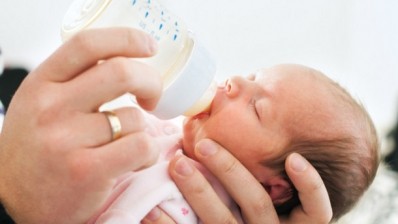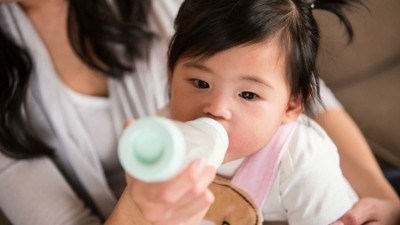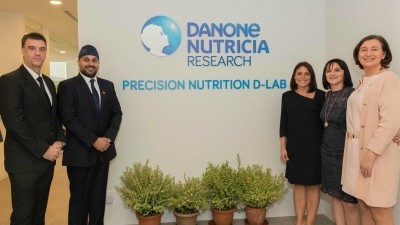Infant nutrition and machine-based learning: Preliminary findings from Danone reveal colic promise

We originally reported in March how Danone Nutrition had opened its Precision Nutrition D-Lab in Singapore, showcasing some of the technology that will help the company create the next generation of infant nutrition products.
Now the company has revealed some of the preliminary findings behind one of the projects being spearheaded at the site — the collection of real-time data of infants' crying to help create products to combat colic.
According to Danone, excessive crying and fussing of unknown cause in infants is common and a major cause of parental concern, and diagnoses traditionally derive from subjective parental reports.
Therefore, the company has sought to use the LENA (Language ENvironment Analysis) system to automatically identify, quantify and distinguish periods of crying versus fussing in a pilot sample of infants.
"The LENA system comprises a small digital audio recording device fitted in specialised clothing worn by the child, plus processing software.
"The device enables the continuous capture of up to 24 hours of each child's natural sound environment, and the software automatically processes the recorded audio data to generate metadata on distinct sound categories, including child cries," noted a paper presented at the recent ESPGHAN (European Society for Paediatric Gastroenterology Hepatology and Nutrition) summit.
As a first step, a new algorithm was generated by machine learning, then validated in a human-rated sample of 124 cry periods from 41 infants. An observational pilot study of 12 term infants is currently ongoing, whereby parents record crying and fussing with diaries in parallel to LENA recordings, in order to enable a direct comparison.
'Incredibly exciting'
Danone's principal scientist Thomas Ludwig told us the initial findings were highly promising, with the new algorithm distinguishing periods of crying from fussing with 90% sensitivity, 92% specificity, and 91% overall accuracy.
"This is incredibly exciting," he said. "We now know that this electronic brain is as good as a parent's ear."
"We know that crying and fussing are major concerns for parents and are the hallmarks of colic. This technology can help provide parental reassurance, which in addition to nutritional advice, are the two ways we can help."
He added that there was still a considerable amount of analysis to be undertaken, alongside work to fine-tune the user experience.
"This has been a really fruitful partnership with LENA, and we are learning more each day. This data is incredible — it is like moving from the X-ray to MRI in terms of its significance."
The paper presented at the Geneva summit concluded that ease of use, objectivity, and high temporal resolution are relevant advantages of this innovation, compared to parental diaries.
"Differences between automated detection and parental report diaries were detailed, and results from this ongoing research were reported to validate the utility of the automated method in the current and other potential clinical applications, such as identifying and characterising infantile colic," it added.















